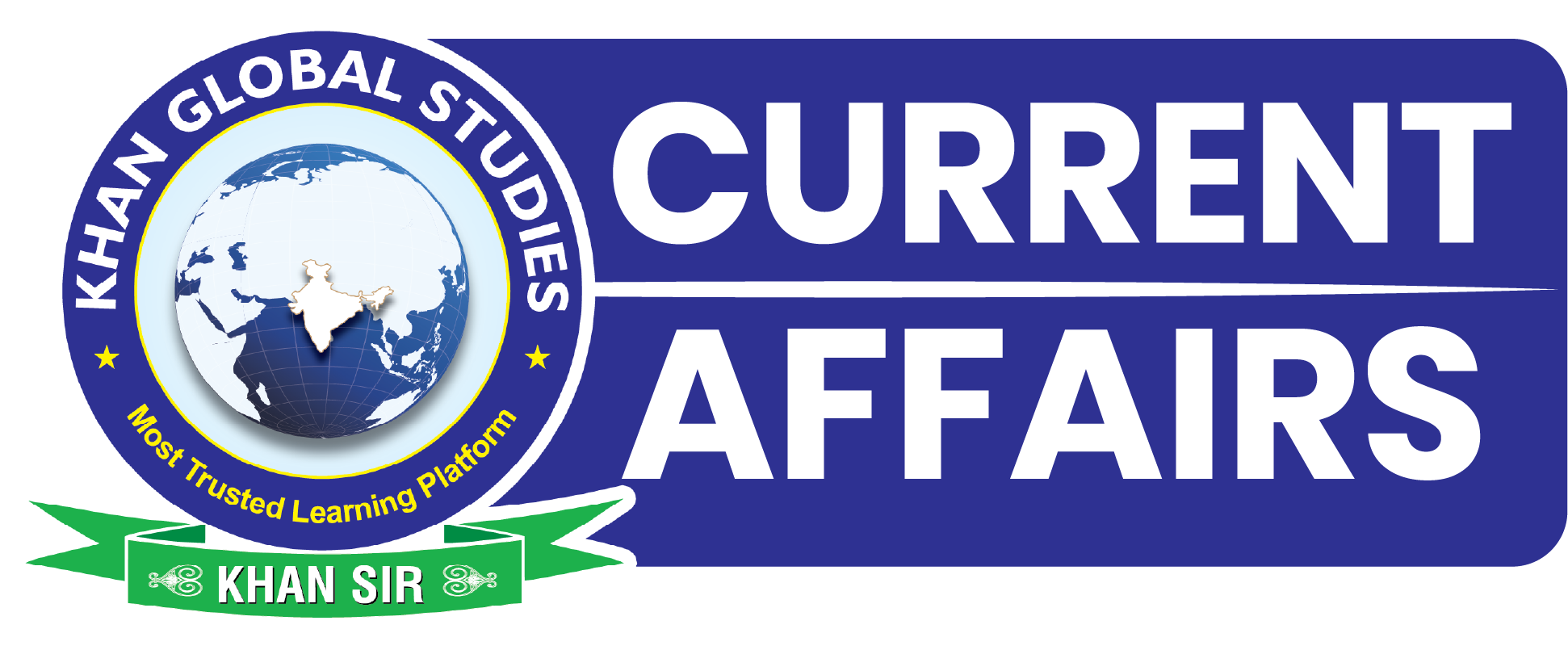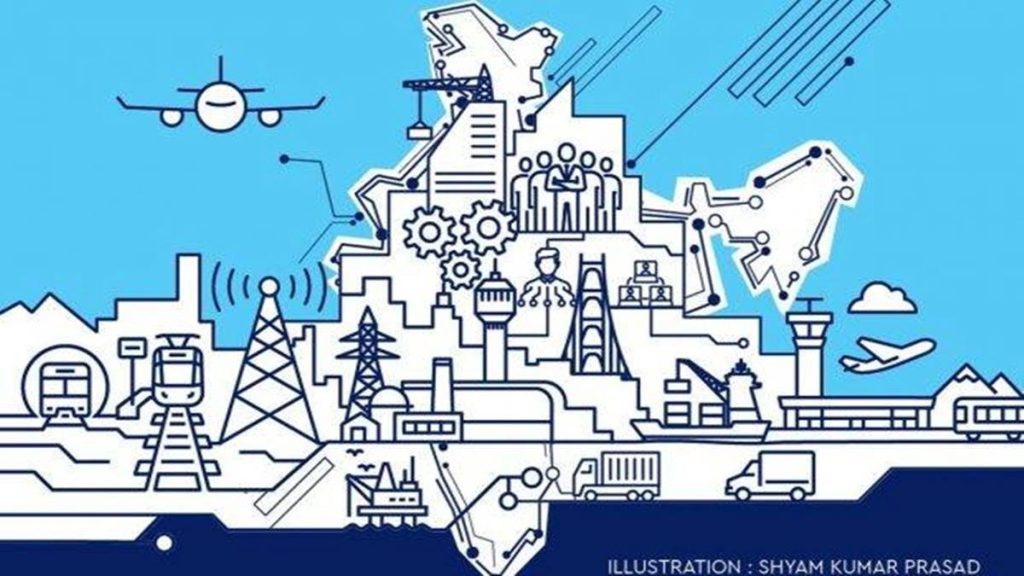GS-3: Infrastructure: Energy, Ports, Roads, Airports, Railways etc.
Context: PM Gati Shakti National Master Plan for multi-modal connectivity is completing four years.
PM Gati Shakti National Master Plan
- Launch and Aim: It was launched in 2021 which aims to ensure seamless multimodal connectivity, improve last-mile access, and reduce travel time for people, goods, and services.
- Seven Core Engines: The initiative operates through seven growth engines which are railways, roads, ports, waterways, airports, mass transport, and logistics infrastructure supported by sectors like energy transmission, IT communication, bulk water, and social infrastructure.
- Transformation Approach: It represents a transformative strategy for achieving economic growth and sustainable development through coordinated central, state, and private sector efforts.
- Digital Integration: The Master Plan is hosted on a dynamic GIS-based digital platform developed by BISAG-N, integrating over 200 data layers from various ministries to enable real-time monitoring, review, and coordination.
Achievements of the PM Gati Shakti National Master Plan
- Integrated Governance: Unified 44 central ministries and all 36 States/UTs for coordinated infrastructure planning on a single digital platform.
- Project Evaluation: The Network Planning Group (NPG) assessed over 300 major projects applying multimodal connectivity, last-mile integration, and optimized logistics principles.
- State and District Expansion: All States/UTs developed State Master Plan portals aligned with the National Master Plan; district-level planning extended to 28 Aspirational Districts via the BISAG-N-supported District Master Plan portal.
- Social Infrastructure Integration: The platform now aids planning for schools, hospitals, anganwadis, and other social facilities, bridging gaps in health, education, and tribal development infrastructure.
- Capacity Building: Over 20,000 officials trained through iGOT courses and workshops; DPIIT signed MoUs with Gati Shakti Vishwavidyalaya and Korea Transport Institute for skill development and technical cooperation.
- Global Outreach: Partnerships established with countries like Nepal, Bangladesh, Sri Lanka, and Senegal to promote geospatial and multimodal planning models.
- Public Engagement: The PM Gati Shakti Anubhuti Kendra, inaugurated in New Delhi, serves as an interactive hub showcasing India’s infrastructure transformation through holographic and AR-VR technologies.
Challenges in the Implementation
- Land acquisition and environmental clearances: Persistent challenges such as disputes, rehabilitation concerns, and lengthy regulatory processes continue to delay projects.
- Funding and investment: Limited state finances and weak private sector credit growth often restrict adequate project funding.
- Data and technology: Incomplete land digitization and poor data quality hamper planning, while adopting advanced geospatial tools demands skilled personnel and high investment.
- Coordination and approvals: Despite the plan’s focus on integration, poor inter-departmental coordination and approval delays remain major obstacles.
Way Forward
- Open Gati Shakti platform to the private sector: Allowing private firms access to non-sensitive data can promote greater collaboration and transparency.
- Establish a dedicated team: Form special teams with expertise from relevant departments to ensure accurate and timely data layer updates for the master plan.
- Synchronize activities: Use the plan to synchronize activities across different departments and layers of governance, ensuring that planning and execution are coordinated holistically to avoid delays.
- Use network mapping tools: Employ tools like LEADS (Logistics Ease Across Different States) to map logistics infrastructure, identify gaps, and facilitate data-driven multimodal connectivity at the state level.

